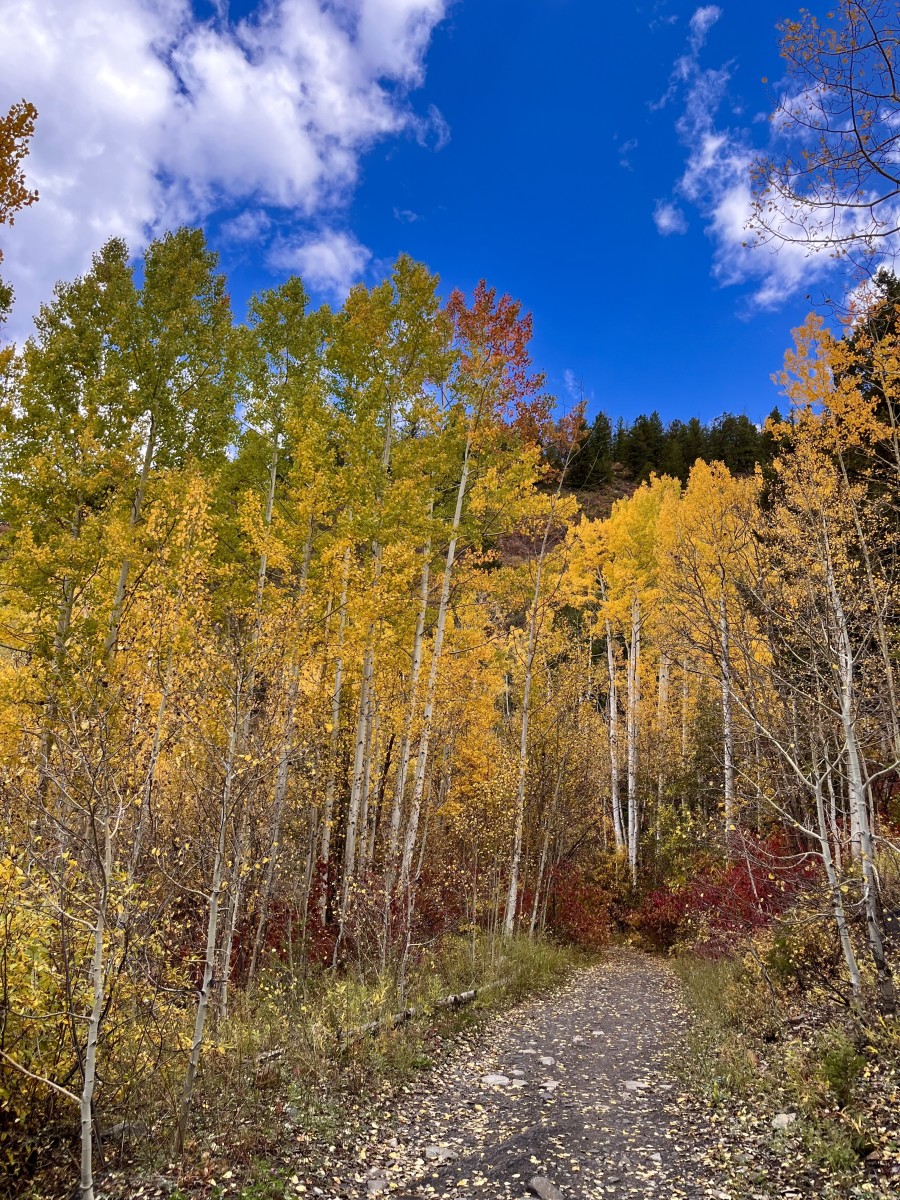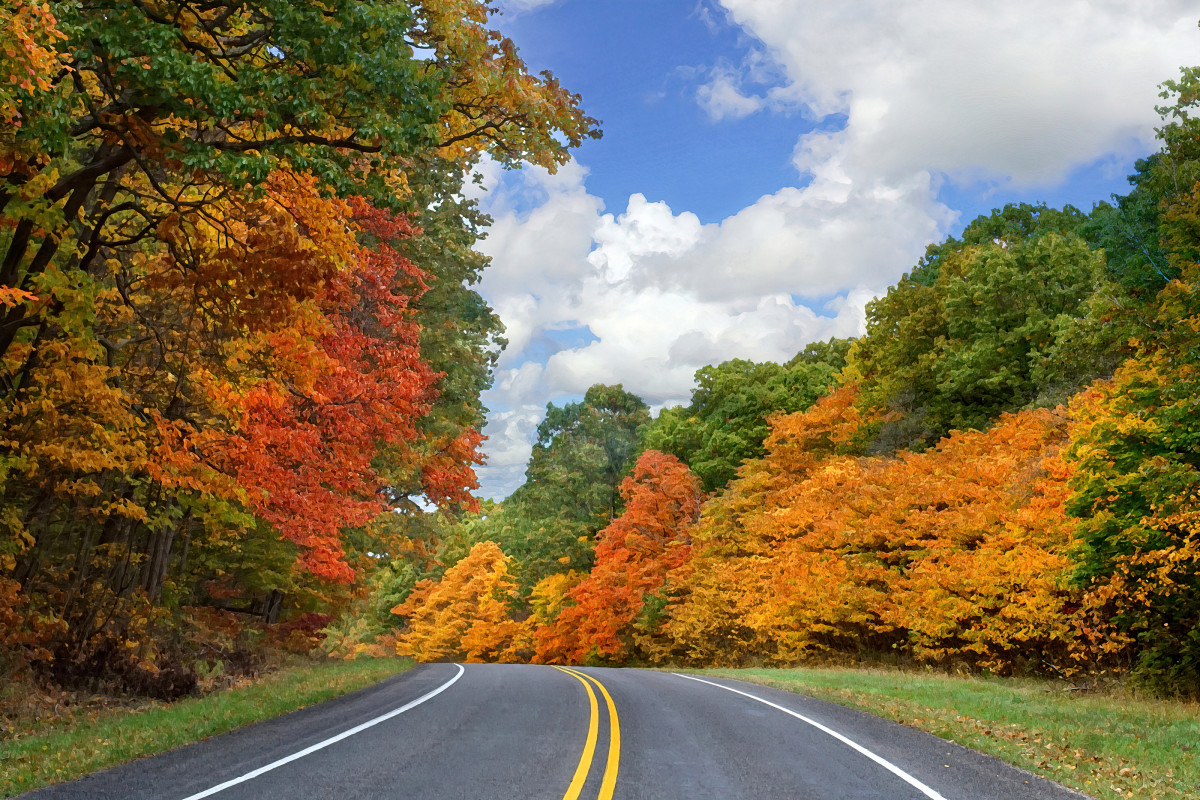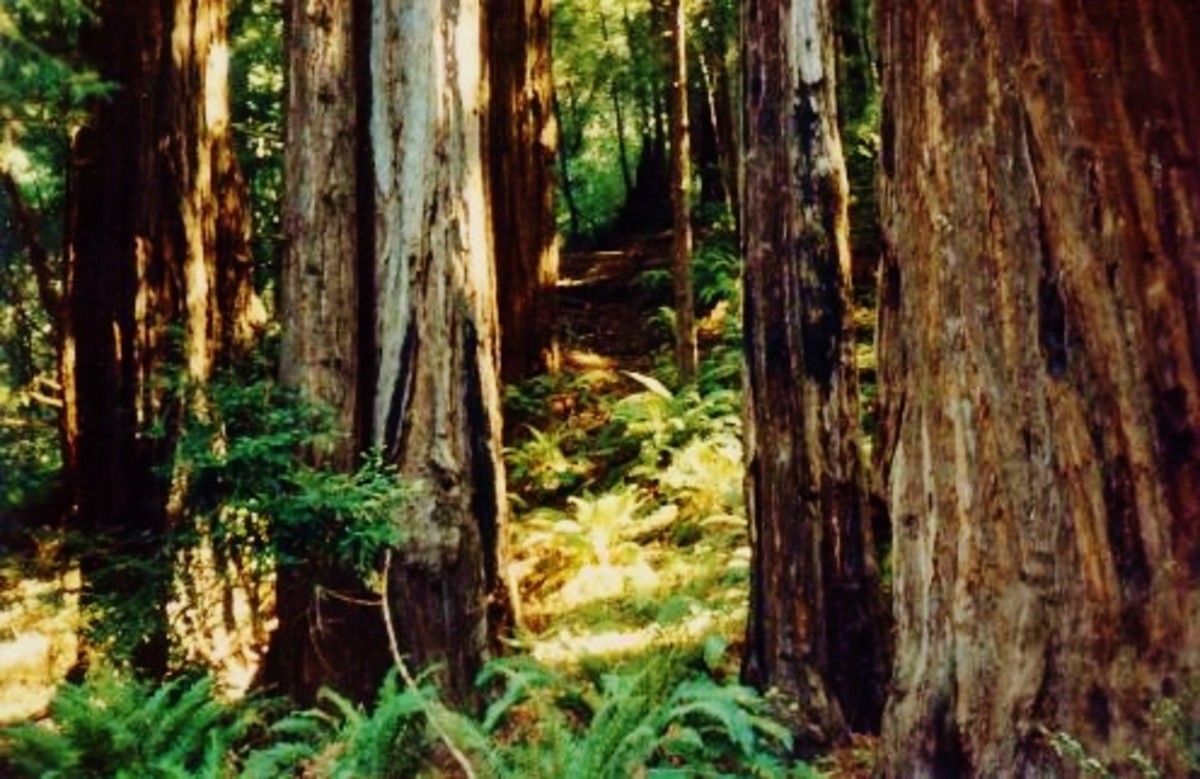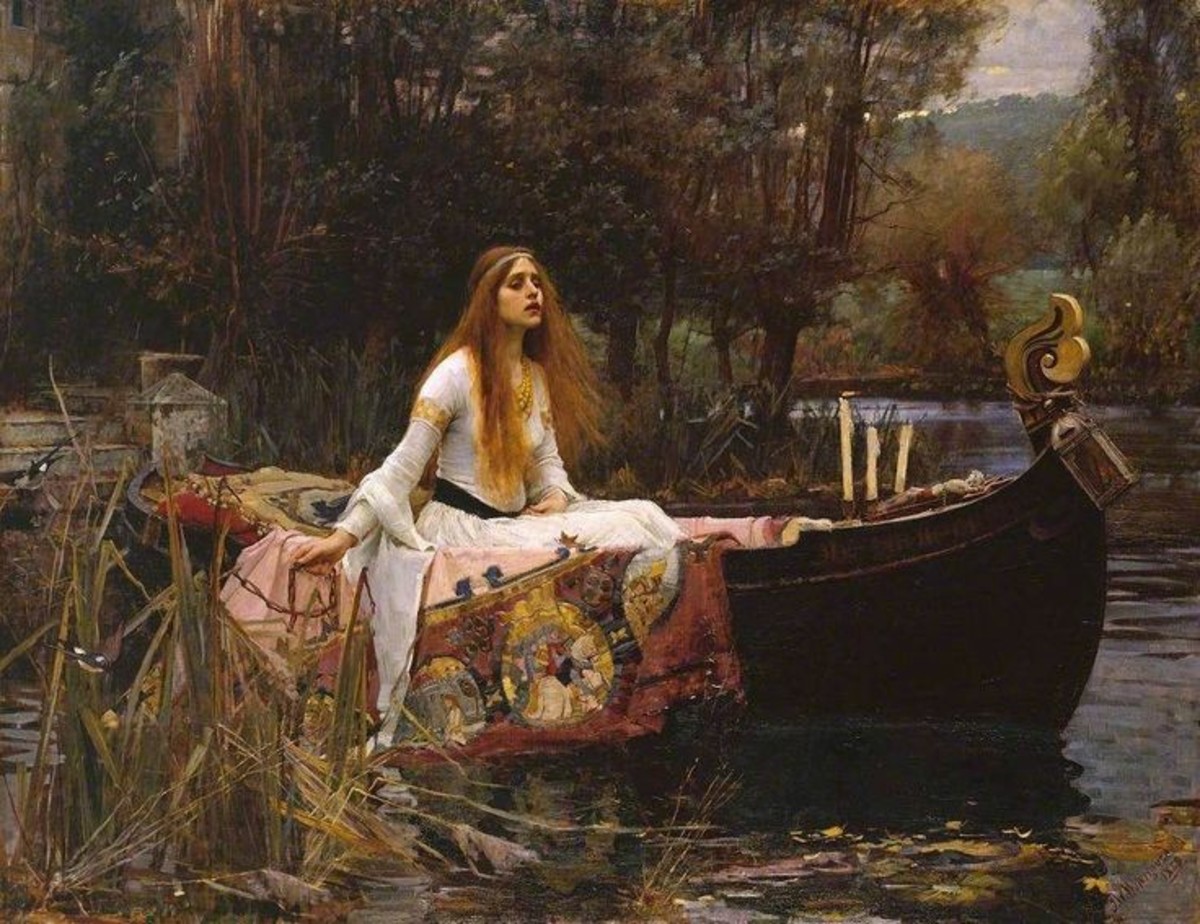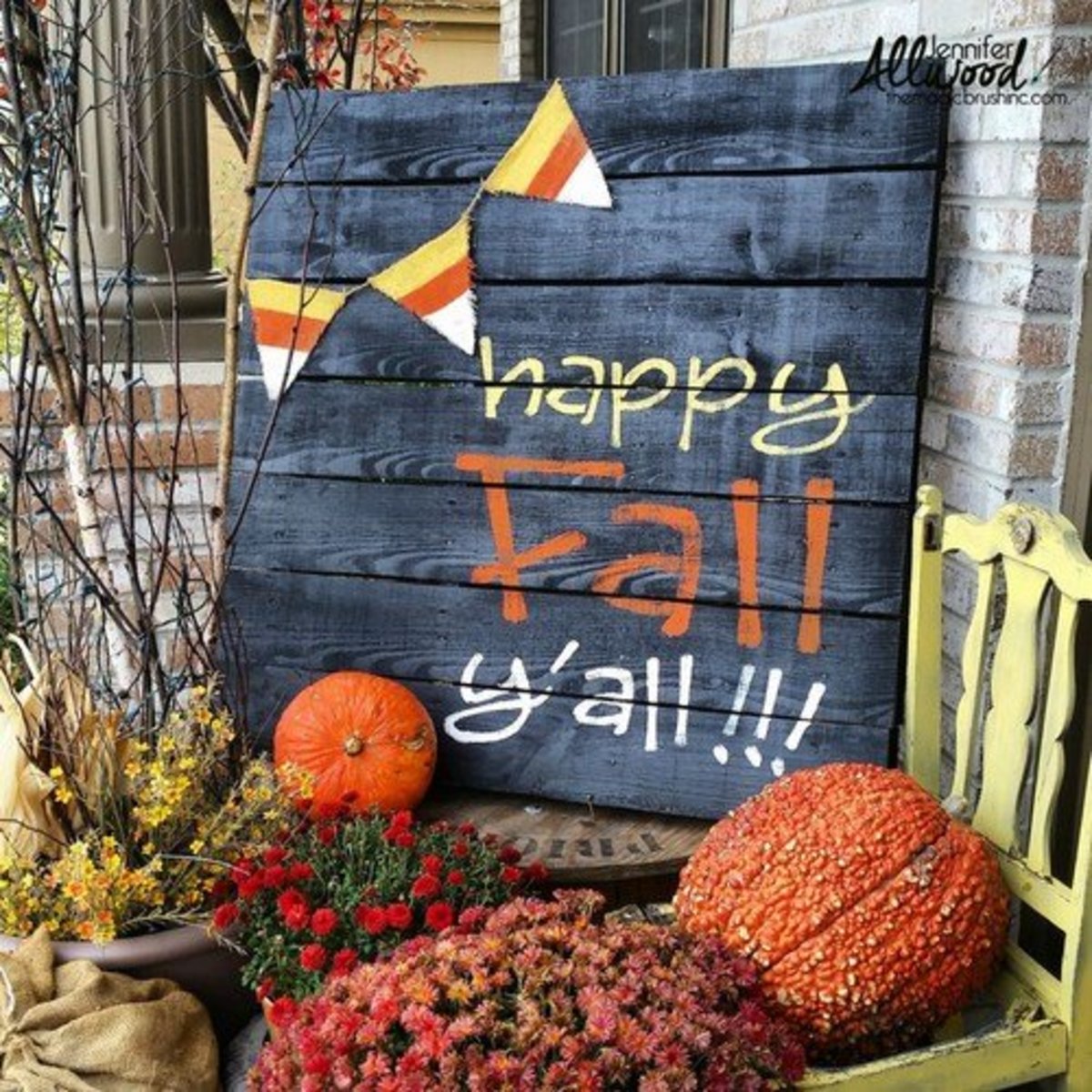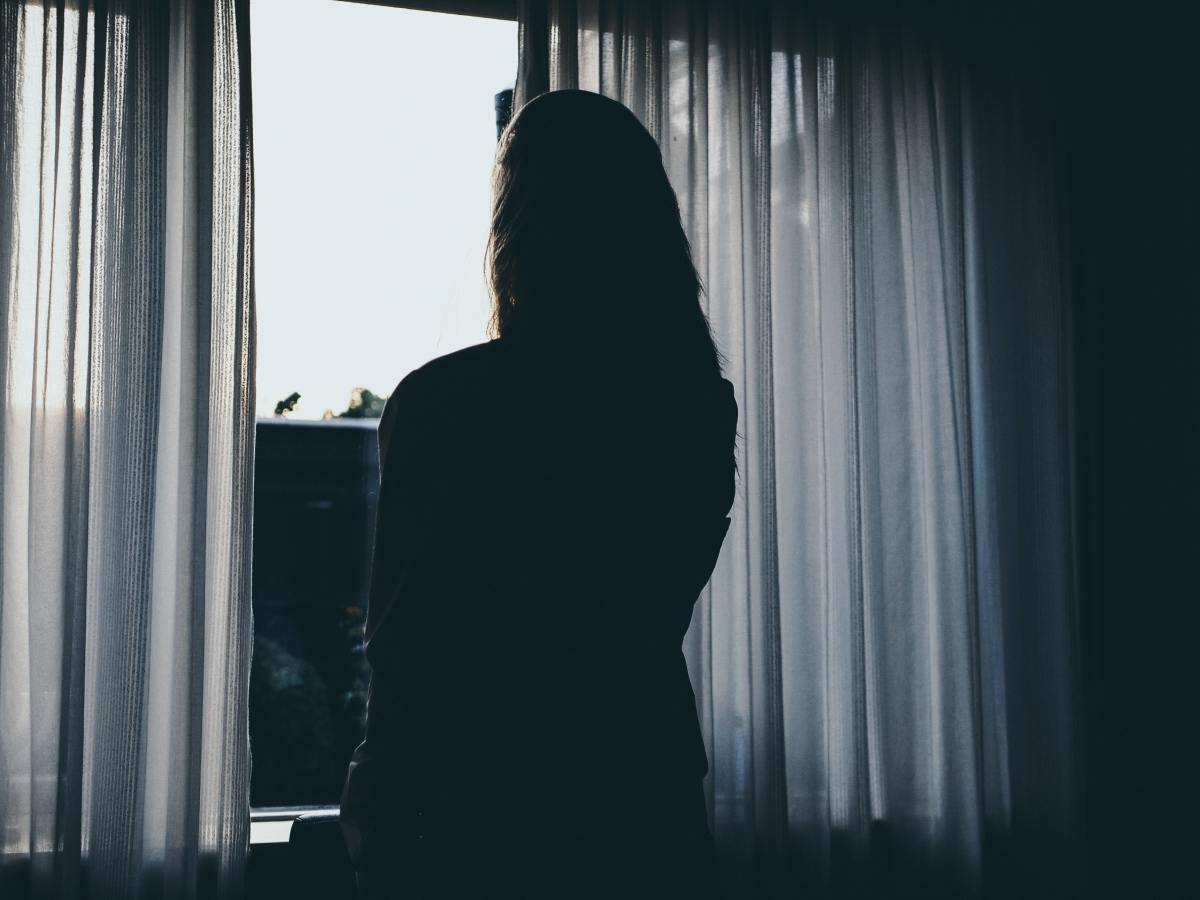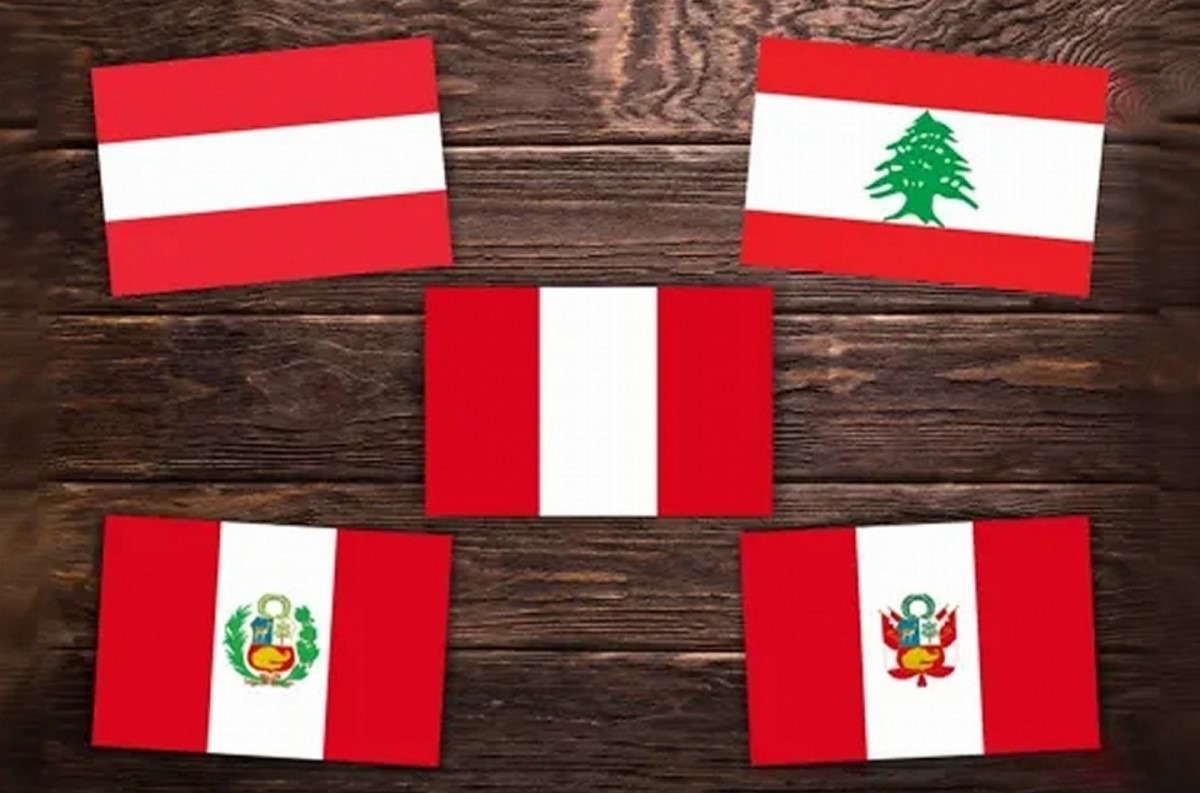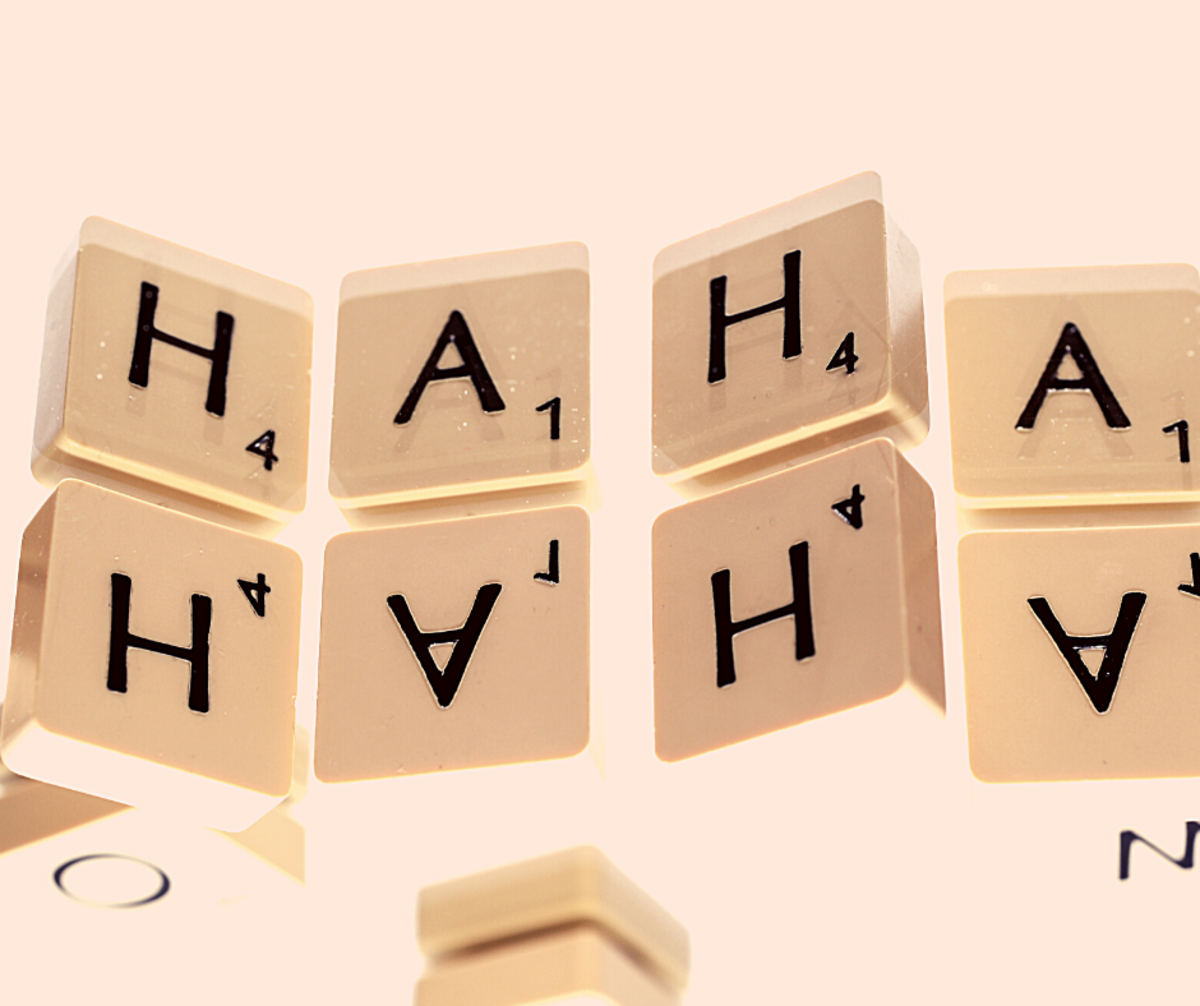Poems For Fall
A Muted Day
by A. Gagliardi
It is a muted day.
No wind moves the trees to sway this way or even sigh.
No gust catches me off guard at the top of the hill, so that I
pull my scarf more snuggly ‘round me; all is still.
The birds murmur to each other among the leaves.
The squirrels merely mumble as they scavenge for
winter’s food.
The Crow’s raucous call remains unvoiced;
they are still in the muffled air.
I wonder if animals are aware of the change in the air,
how restrained they are today -
how subdued is the normal cacophony.
As I walk, only my footsteps echo in my ear
all other sounds are suppressed to a subtle understated shuffle.
The day is like walking through cotton – or a cocoon of softest flannel-
so subtle, so serene, so subdued.
The autumn colors are vibrant on this muted day.
They don’t glimmer like on a sunny one,
when the sun blocks the intensity of the rainbow hues.
Today the burgundy, orange and yellows are muted, but mellow;
their potency is not diminished by the absence of the sun.
Today I can see each and every one
of the colors, every leaf and branch
that shades the world.
The clouded sky of pearlized grey
allows the colors to shine in their own way
on this muted day.
trees loose their leaves
by a. gagliardi
the trees loose their leaves
and bare their bones
stretching naked in the air
reveal critter cabins
resting in nested crotches
exposed & raw -
lengthened elastic limbs
strain toward azure firmament
seeking purchase anywhere
reducing their insect population -
cleaning house like a German
Hausfrau in springtime
Fall colors from Minneapolis
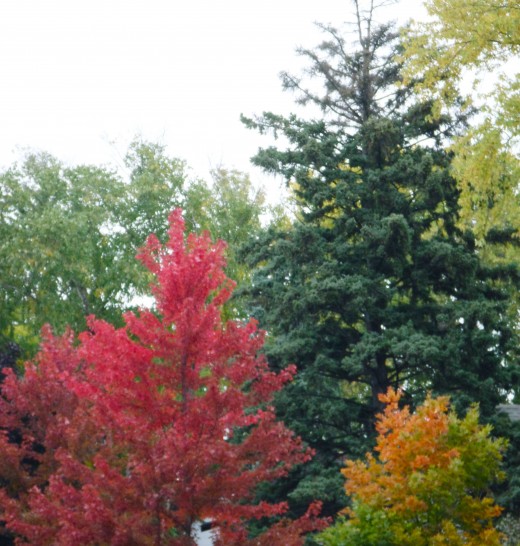
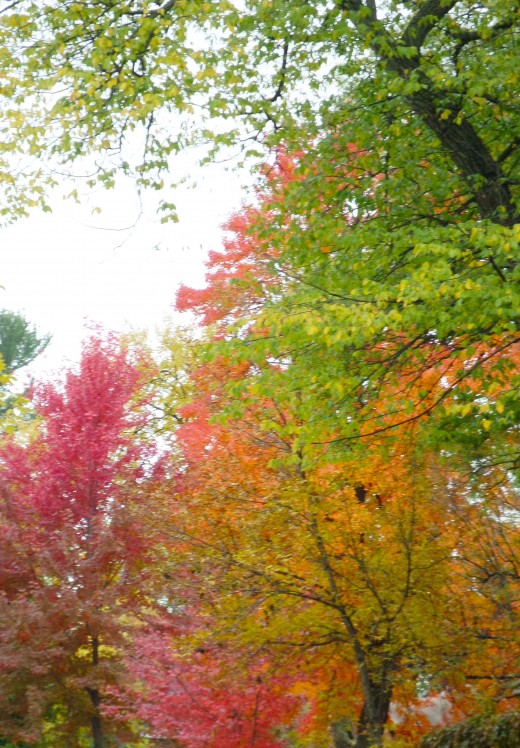
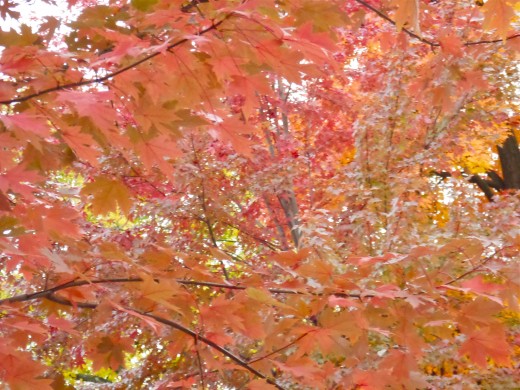
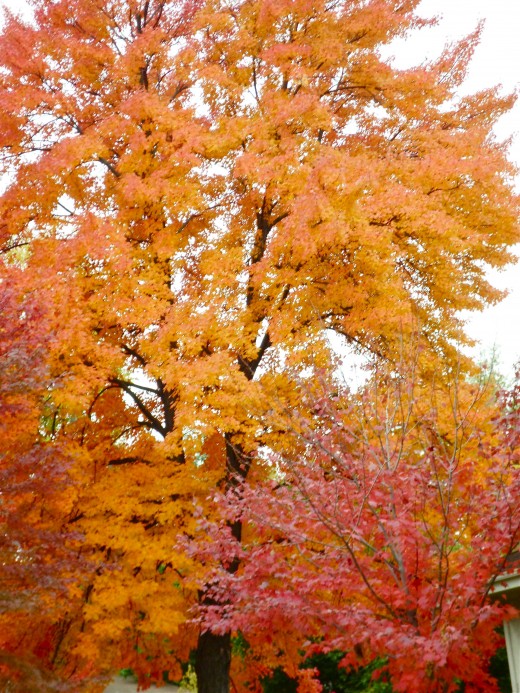
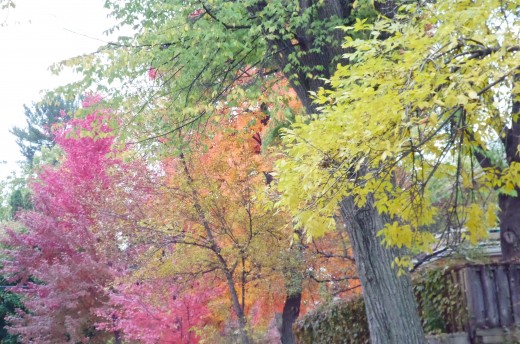
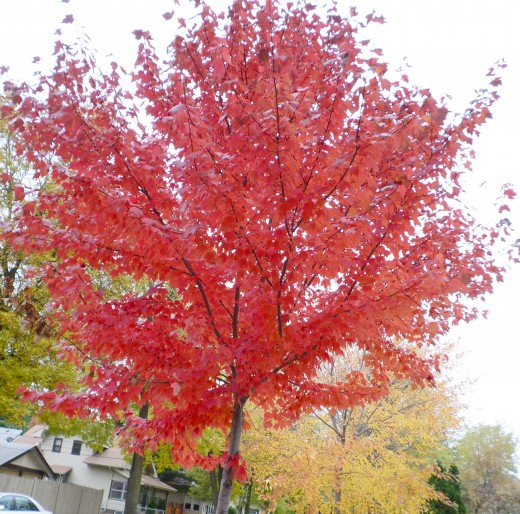
We Went Into The Woods
By A.Gagliardi
We went into the woods
searching for who knows what:
bears that growl,
wolves who howl
adventure was afoot.
We went into the woods
to find ourselves,
to find each other;
a test at every path and turn,
the journey full of wonder.
I went into the woods myself.
I went with folks I knew,
I thought.
And when we found the other side
I found out more than I sought.
You go into the woods yourself,
but come out someone else:
bigger or smaller,
familiar or stranger,
you come out someone else.
More Colorful Trees
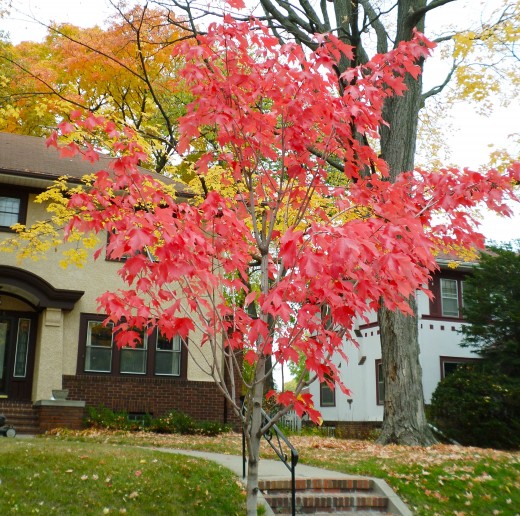
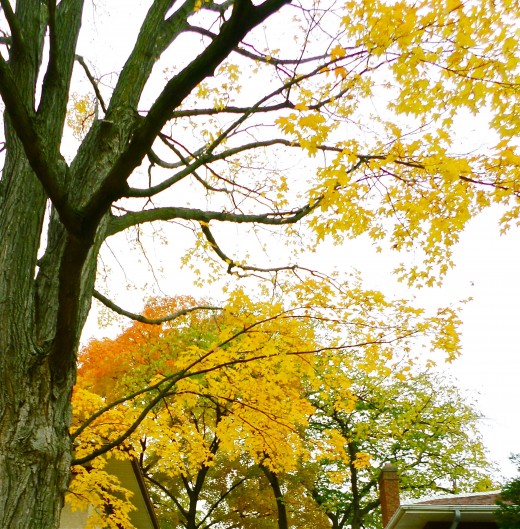
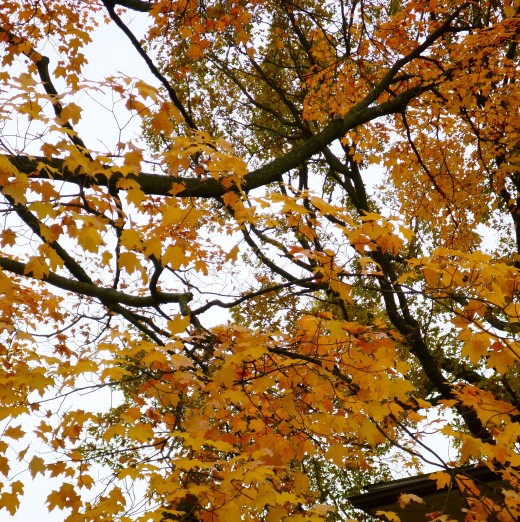
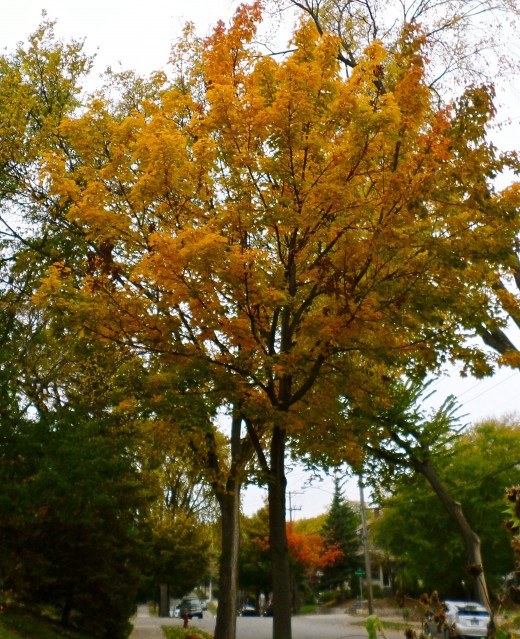
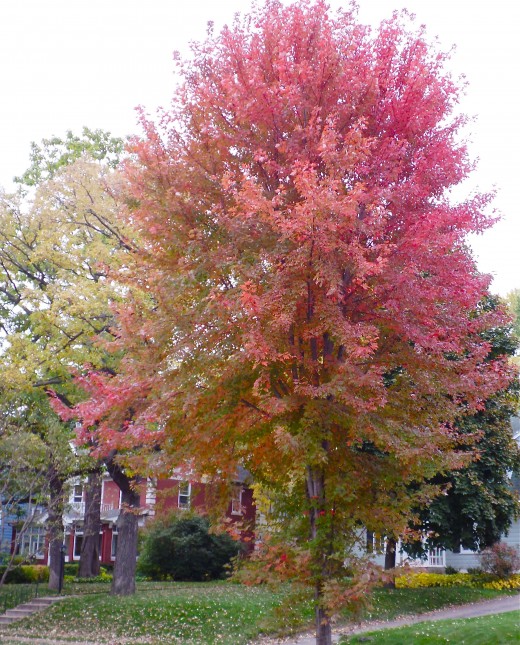
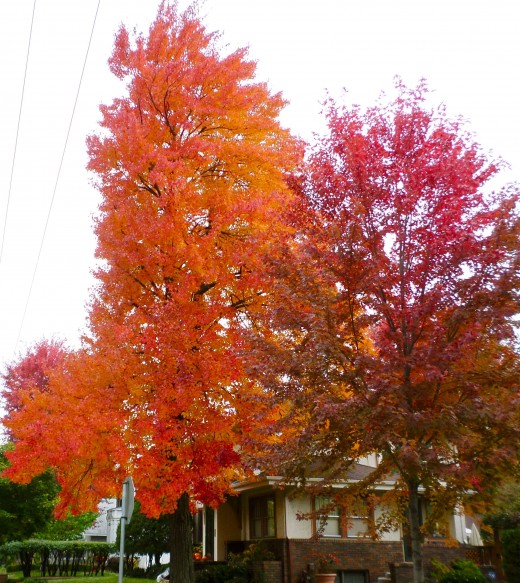
The Boreal Owl
by A. Gagliardi
In the Boreal forest,
the Boreal owl
waits in the darkness
for a mouse or a mole.
The Boreal owl,
in the Boreal forest,
closes his eye,
imagines his prey,
and waits for the moment
to strike -
in one fell swoop;
in one ferocious fall,
he snatches his meal
and returns to
his perch in the tree
where he looks at me.
Which trees turn what colors?
Oaks turn red and brown
Hickory turns Bronze
Sugar Maples turn orange
Back Maples turn yellow
Red Maples turn Red
Aspen, Birch & Poplar turn Yellow
Gingko turn yellow
Why do trees change color?
by a. gagliardi
Fall brings us shorter days, cooler nights and the changing of leaf colors, especially in the Eastern and Northern states.
During winter there is not enough sunlight or water for photosynthesis.
Because plants make their food using sunlight and water, there is not enough of either as the summer wanes, so the trees shut down their food-making leaves. The leaves die and fall to the ground.
But, scientists tell us the lack of enough sunlight is the reason for trees to change color - which triggers the reduction of food making.
What makes the colors?
The green chlorophyll is used up and reveal the yellows and oranges which have been in the leaves all along. Reds and Burgandy come from food (glucose) trapped in the leaves as they shut down production. The browns in Oaks are from the waste left after production of Chlorophyll has stopped.
Warm sunny days with cool nights provide the perfect conditions for brilliant colors. Trees that get the most sunlight are the reddest because the glucose, or sugar still in the leaves gets 'baked' by the sun.
The amount of moisture, or lack of it also plays a part in how brilliant the leaves will be. Extensive drought will cause the leaves to turn brown sooner and fall sooner.
Fall colors viewing
Where do you go to view the fall colors?
Resources for tree viewing
Here are a few sites to get information on trees and why they change colors:
1.) The USDA forest service offers a bit on interesting info and tips at: http://na.fs.fed.us/fhp/pubs/leaves/leaves.shtm
2. ) Ed Sharron, a science communication specialist with the National Park Service's Northeast Temperate Network in Vermont, explains the science behind the beautiful colors of fall. See his information at: http://www.cnn.com/2012/09/19/travel/why-leaves-change-color/index.html
3. ) Scientific American editor Mark Fischetti explains how the leaves of deciduous trees perform their annual chameleon act, changing from various shades of green to hues of bronze, orange and brilliant red at: http://www.scientificamerican.com/video/why-do-autumn-leaves-change-color-2013-10-03/
4.) The Farmer's Almanac has lots of interesting facts about nature and something about fall colors at: http://farmersalmanac.com/weather/2014/09/22/chemistry-fall-color/
5.) The Science Made Simple site offers information even children can understand on the changing colors of leaves and many other topics. Go to: http://www.sciencemadesimple.net/leaves.html

